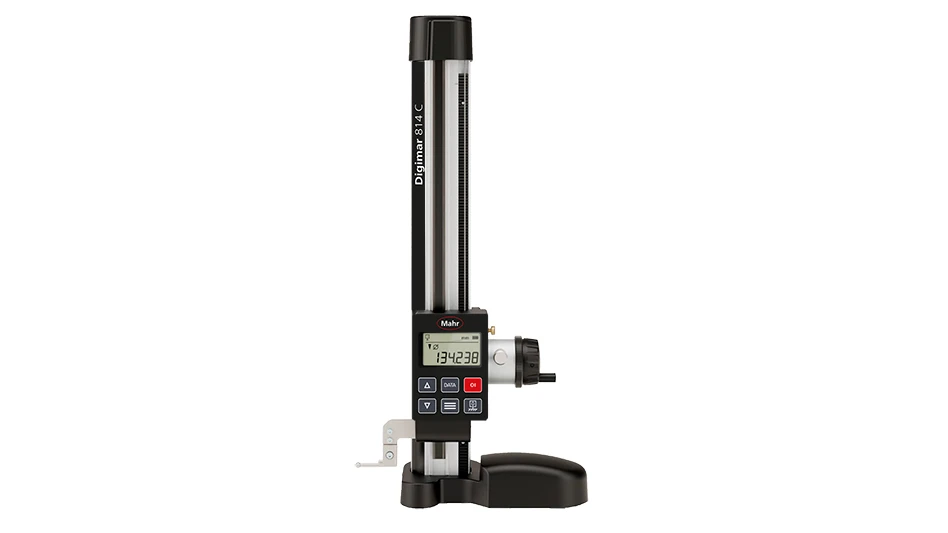A new study released today by the Advanced Medical Technology Association (AdvaMed) shows the medical technology industry is a strong and vibrant contributor to the U.S. economy, responsible in 2008 for nearly 423,000 jobs, $24.6 billion in annual payroll, and almost $136 billion worth of products sold. The industry also has a strong positive multiplier effect with each medical technology job generating on average an additional 1.5 jobs in each state. Authored by the Lewin Group, "The State Economic Impact of the Medical Technology Industry" examines the industry's economic impact on each of the 50 states and the District of Columbia.
"The results are clear - the medical technology industry is a vibrant and growing contributor to the U.S. economy," says James V. Mazzo, president of Abbott Medical Optics and chairman of the board of AdvaMed. "Our industry is proud of the role we play in advancing both the health of patients and the health of our nation's economy. It is imperative that we do all we can to ensure our industry continues to thrive, not only for the benefits to the economy, but for the uninterrupted innovation of medical technologies that allow people to live healthier, more productive and independent lives."
"This report paints an impressive picture of an industry that is a world leader in medical technology and a key economic engine for America in terms of job growth, payroll and sales," says Stephen J. Ubl, president and CEO of AdvaMed. "However, our world leadership cannot be guaranteed in the future. It is essential that regulatory and payment policies support innovation while ensuring public health and safety and moving us toward a more efficient and quality-driven health care system."
The study notes that although the patient benefits from medical technology are obvious, less obvious or even considered are the economic benefits of the industry in the communities and states in which they operate.
For example, between 2005 and 2008, the number of workers employed by industry increased 12.5%; the payroll increased 11.4%; and the total worth of products sold also increased 11.6%. In addition, salaries in the medical technology industry are 40% above the national average ($58,000 vs. $42,000).
In addition to the direct economic benefits, medical technology jobs, payroll and sales have strong and positive multiplier effects on economies of individual states. On average, within each state:
- Each medical technology job generates an additional 1.5 jobs;
- Each medical technology payroll dollar generates an additional $0.90 in payroll; and
- Each dollar of medical technology sales generates an additional $0.90 in sales.
While not immune to the recent global economic downturn, the impact on the medical device industry has been significantly less than on U.S. manufacturing on the whole. The Lewin report shows that from 2007 to 2008:
- Total U.S. manufacturing employment decreased by 4.8%
- Medical technology employment decreased by only 1.1%
- Total U.S. manufacturing payroll decreased 1.4%
- Medical technology payroll decreased only 0.7%
- Total U.S. product sales increased 2.8%
- Medical technology sales increased 3.0%
"We are proud the technologies we make save lives and enhance patient health and the jobs we create sustain communities large and small across the nation," Mazzo says.
Get curated news on YOUR industry.
Enter your email to receive our newsletters.Latest from Today's Medical Developments
- AI will power the next generation of medical wearables
- CUI Crash Course from Smithers
- Revolutionary implant harnesses electricity for healing
- Discover the advantages of Oerlikon's latest Surface Two technology
- #48 Lunch + Learn Podcast with OPEN MIND Technologies
- CERATIZIT achieves SBTi validation for emissions goals
- Applied Motion Products’ MLA & MEA series linear actuators
- Arterex expands portfolio with Xponent Global acquisition






